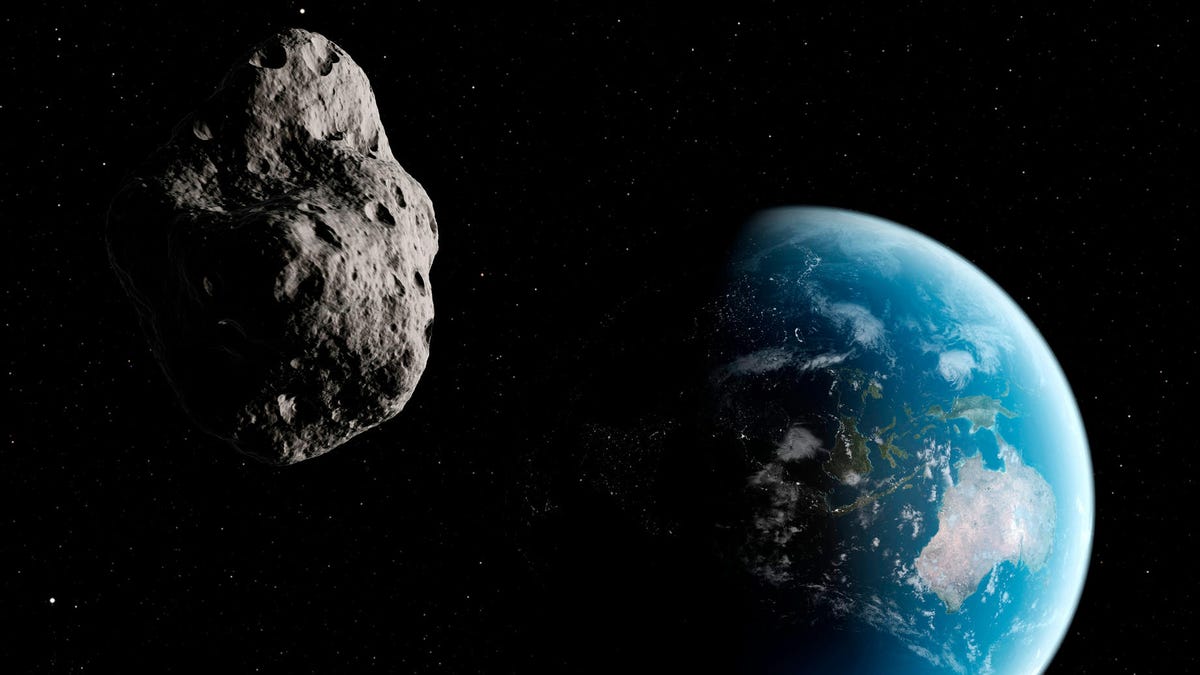Asteroid the size of six city blocks has a (tiny) chance of hitting Earth
The large space rock, which measures about a kilometer in diameter, temporarily became a top priority for astronomers who track potentially hazardous objects.

Space rocks abound.
Astronomers discovered a new near-Earth object (NEO) last month that made them do a double take.
The previously unseen asteroid named 2019 CE4 is about a kilometer, or 0.6 mile, in diameter. For comparison, Yosemite Valley's famous El Capitan granite monolith is just under a kilometer in height on its tallest face.
The diameter of 2019 CE4 is roughly 50 times that of the bolide that blew out thousands of windows when it exploded in the atmosphere over a Russian city in 2013.
After 2019 CE4 was first observed, it briefly shot to the top of the European Space Agency's NEO "risk list."
"The high ranking was mostly due to its large size, because the impact probability always remained less than one in two million," reads the March newsletter from ESA's NEO Coordination Center.
Initial analysis of the asteroid's orbit appeared to show a slim chance of impact in 2025, but subsequent observations ruled out an impact between now and 2065. The chance of a collision at that point remains less than 1 in a million, according to ESA.
As a result, 2019 CE4 has slipped far down the risk list.
However, the seventh highest-risk NEO on the list could potentially hit us this September. It's a 40-meter (131 feet) asteroid named 2006QV89. Fortunately, even space rocks near the top of the list don't really have much of a chance of actual impact. In the case of 2006QV89 on Sept. 9, the odds of impact are less than 1 in 11,000.

